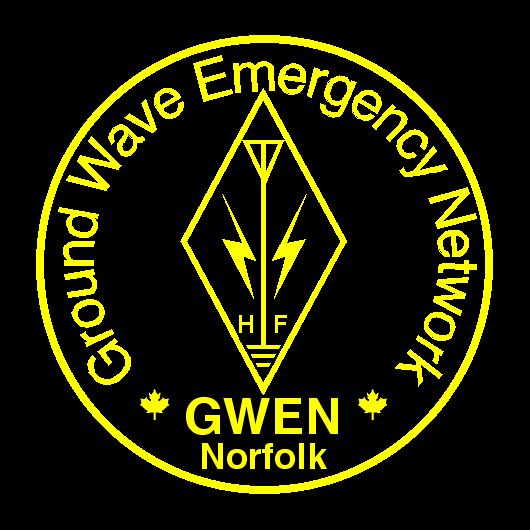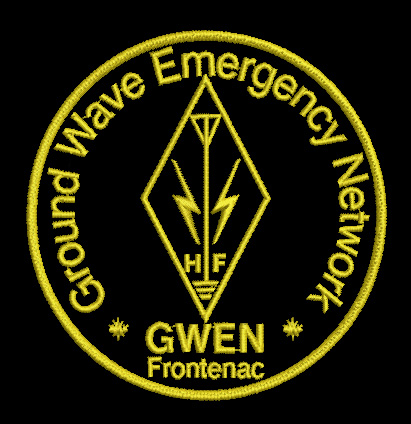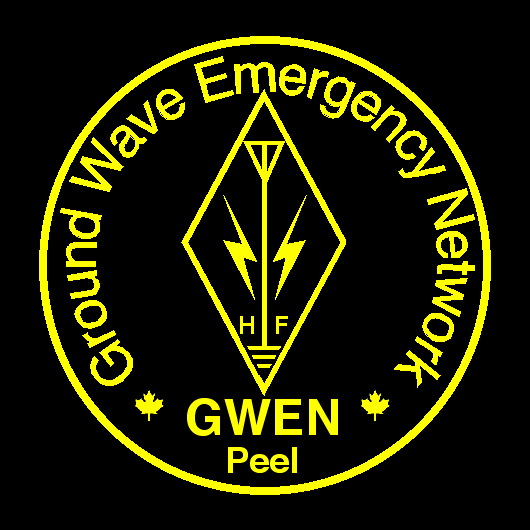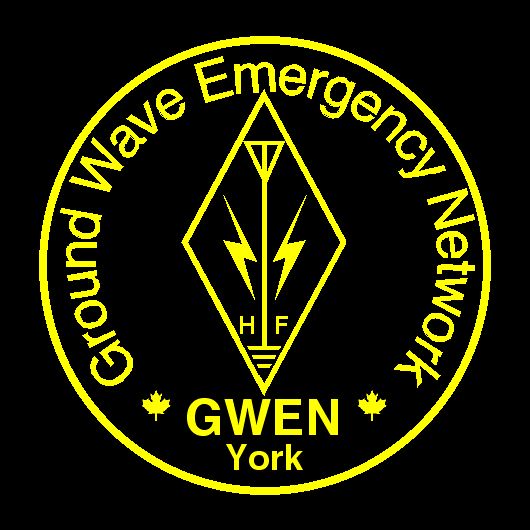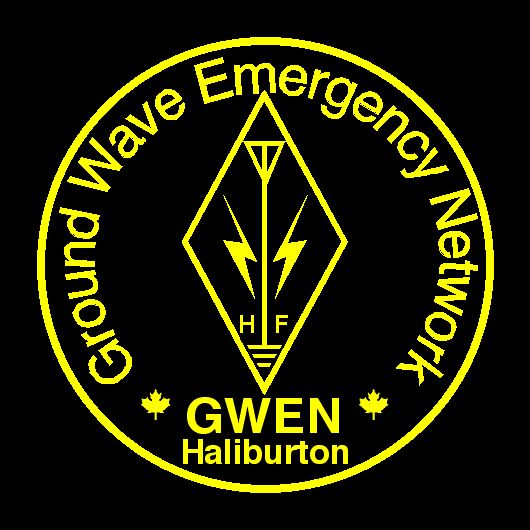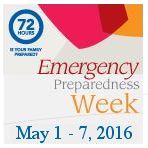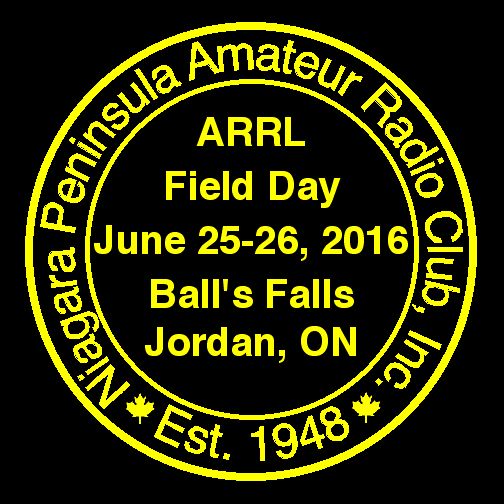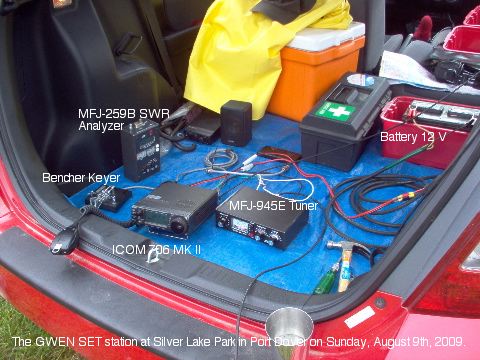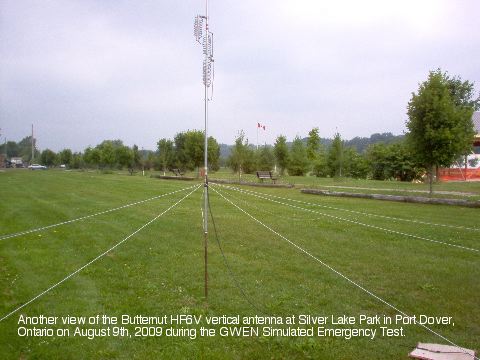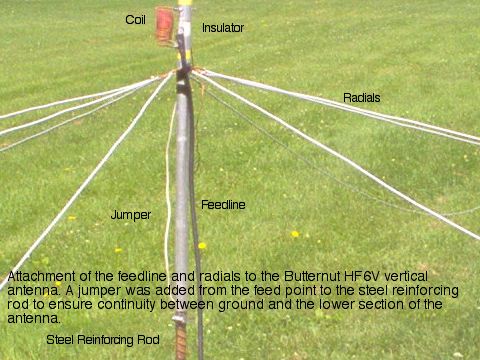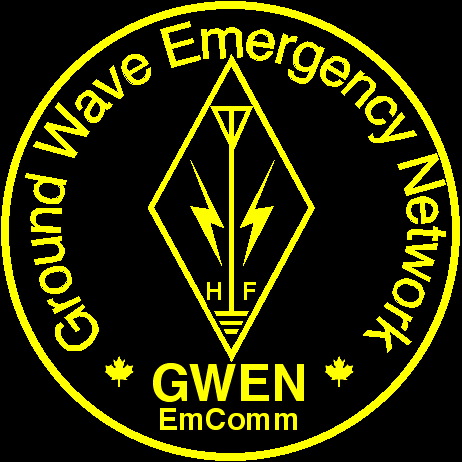Sunday - 24 March 2013 - 1040 hrs - 3607 kHz LSB

For distances between stations, go to the GWEN Frontenac page or click here.
REVISION 2013-03-20: HF frequency changed to 3607 KHz LSB from 3765 KHz LSB.
Frontenac Emergency Communication Group
c/o 1309 Sunbury Rd., R.R. #2
Inverary, ON K0H 1X0
Distribution List
OPERATIONS ORDER - GWEN 2013-03-24
1. SITUATION.
- In order to maintain its' emergency communications capabilities, FECG must continue to practice deployments and to develop a realistic understanding of the propagation possibilities in Frontenac County. While VHF FM is the primary mode used, HF Ground Wave is a viable alternative. Both of these modes need to be exercised regularly.
2. MISSION.
- On Sunday 24 March 2013, FECG will conduct propagation test using both VHF FM simplex and HF Ground Wave.
3. EXECUTION.
- General Outline.
Members will deploy a Net Control Station plus three Out-Stations at various locations in the southern part of the county. Signal reports will be collected amongst all of the stations on both VHF and HF frequencies. Distances will vary from 12 km to 39 km. This exercise is preliminary to a later exercise where distances will be from 42 to 89 km. - Grouping and Tasks.
- Net Control (VA3ORP)
- prepare Op Order, conduct O Group, prepare AA Report
- establish station at Sydenham Firehall (GR 727180)
- gather signal reports from Out-Stations - Frontenac EmComm Out-Stations (TBD)
- establish stations at - Parrot Bay (GR 654971)
- Brewers Mills Fire Hall (GR 956182)
- Perth Road Village (GR 816252)
- provide signal reports as requested by NCS - Niagara GWEN (VE3BBN + others TBD)
- monitor activity on HF frequencies
- check-in with NCS if propagation permits
- Coordinating Instructions.
- Date: Sunday 24 March 2013
- Frequencies: VHF - 146.52; HF - 3.765 MHz (+/- QRM)
- Backup: VE3FRG repeater (146.805 MHZ, - offset; 203.5 Hz tone)
- VHF Equip: approx. 40 Watts with 5/8 wavelength mag-mount
- HF Equip: approx. 25 & 100 Watts to 25 foot vertical antenna
- Timings:
- 0730 - RV at Star Diner for breakfast
- 0900 - Orders Group & begin deployments
- 0945 - arrive at locations, begin set-up
- 1015 - net opens on VE3FRG repeater
- 1020 - gather signal reports on 146.52 MHz simplex
- 1040 - gather signal reports on 3.765 MHz LSB
- 1100 - hot wash-up on VE3FRG repeater
- 1115 - end EX, dismantle equipment, return home
- Signal Reports: In order to gather accurate ground wave signal reports, stations must be capable of transmitting a steady carrier at both 25 and 100 Watts for a period of 30 seconds. This is necessary to observe the stability of the signal in order to confirm that it is being propagated by ground wave.
4. SERVICE SUPPORT. Nil
5. COMMAND AND SIGNAL.
- VA3ORP (FECG TrgO) is in command of this exercise. He may be reached at 613-387-2094 or va3orp@kos.net. In the absence of VA3ORP, VE3CLQ shall take control of this exercise.
D.G. Lawrence, VA3ORP
Training Officer, FECG
Enclosures:
Map of Area of Operations
Table of Distances
Distribution List
Action: VE3CLQ, FECG Mbrs
Information: VE3BBN (for Niagara GWEN)
FRONTENAC EMCOMM - EXERCISE 2013-03-24
AFTER ACTION REPORT
Ref: Op Order (8 March 2013)
Executive Summary.
1. Reference exercise was held in accordance with Op Order. VHF simplex propagation was satisfactory from Net Control to Out-Stations (15 - 22 Km) but unsatisfactory amongst the Out-Stations (33 - 36 Km). Ground Wave propagation was excellent from Net Control to Out-Stations (strength S-9 plus) and very good amongst the Out-Stations (strength S-7).
Observations.
2. Out-Stations were located near Upper Brewers Lock, Parrot Bay and Piccadilly while NCS was located at the Sydenham Fire Hall. Stations were running 50 Watts on both VHF and HF. Ground Wave antennas were 25 - 33 feet high with 4 - 18 ground radials.
3. The Ground Wave signal strength was S-7 amongst the Out-Stations (33 - 36 Km apart). This suggests that getting to 60 Km is very likely with present equipment. To get to 100 Km, it will be necessary to ensure that antennas are as high as possible (certainly not less than 25 feet), that very good ground radial systems are deployed and that power levels are near 100 Watts. Selection of a RF quiet location will also be critical to reach 100 Km.
4. This Ground Wave test was conducted in LSB. Use of a narrow band mode (Olivia or PSK-31) should give better results.
5. Most Out-Stations were using mag mount antennas for VHF. A higher gain omni antenna mounted on a short (15 ft) mast might give a more accurate evaluation of the propagation potential at 30 Km.
6. David Wilson (VE3BBN) from Niagara GWEN monitored the exercise and was able to check-in using both vertical and horizontal antennas (distance is approximately 265 Km).
Recommendations.
7. The next Ground Wave exercise should be conducted at greater ranges (Sydenham, Ivy Lea, Hay Bay, Sharbot Lake - 42 to 89 Km). In addition, digital modes should be used to allow evaluation Ground Wave for Frontenac EmComm purposes.
8. Participating stations should be capable of transmitting a steady carrier for at least 15 seconds in order to evaluate the stability of the propagation path.
9. A means of evaluating the efficiency of portable, Ground Wave antennas should be developed.

 Ground Wave Emergency Network - EmComm
Ground Wave Emergency Network - EmComm 